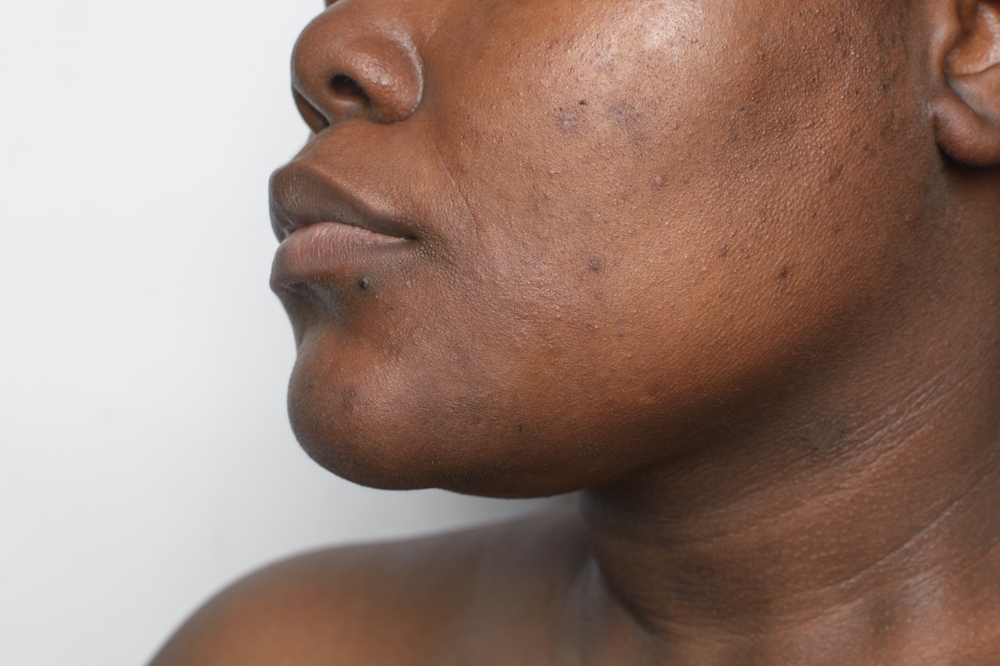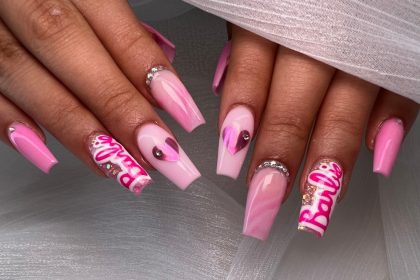Your bathroom counter looks like a skincare store exploded. You’ve invested in the cult serums, the celebrity-endorsed moisturizers, and those exfoliators everyone raves about on TikTok. Your routine is meticulous. You’ve spent small fortunes on products promising radiance. Yet somehow, your skin still looks about as luminous as a paper bag.
First, know you’re not alone. That coveted glow remains frustratingly elusive for countless people despite their product arsenals. The truth? That dullness might have nothing to do with what you’re putting on your face and everything to do with factors you haven’t considered.
Let’s dive into the real reasons your skin isn’t living up to those Instagram filter expectations, no matter how premium your product lineup.
The cell turnover slowdown nobody talks about
That layer of dull skin cells refusing to budge? It might be staying put far longer than nature intended. Our skin naturally sheds dead cells in a process called desquamation, but numerous factors can throw this renewal cycle off track.
As we age, this cellular turnover slows dramatically. In your twenties, skin cells regenerate every 28 days or so. By your thirties, that stretches to 40 days, and by your forties, it can take up to 45-50 days. This gradual slowdown means dead skin cells linger on the surface, creating that characteristic dull, lackluster appearance that no amount of highlighting makeup can fix.
What’s particularly frustrating is how certain lifestyle factors can further decelerate this already slowing process. Chronic stress increases cortisol, which impairs cell turnover. Poor sleep disrupts the skin’s natural repair cycle. Even mild dehydration can significantly slow desquamation, leaving you with a complexion that absorbs light rather than reflecting it.
The hidden hydration deficit beneath the surface
That expensive moisturizer might be sitting pretty on your skin’s surface while deeper layers remain parched. Dehydrated skin lacks the plump, light-reflecting quality that creates natural radiance, instead appearing flat and dull regardless of how many hydrating serums you apply.
What makes this particularly tricky is that dehydration happens at a cellular level, where topical products struggle to reach. Internal hydration drives skin luminosity far more effectively than any cream. Even mild, chronic dehydration — the kind most people live with daily — can dramatically affect how light interacts with your skin cells.
Environmental factors compound this issue. Indoor heating and cooling systems aggressively pull moisture from your skin. Airplane cabins are notoriously dehydrating. Even your morning coffee acts as a diuretic, potentially contributing to that midday dullness you notice despite your rigorous skincare routine.
The microscopic inflammation dimming your glow
That subtle, chronic inflammation lurking beneath the surface might be the true culprit behind your lackluster complexion. Unlike obvious red, angry inflammation, this low-grade version operates quietly, gradually diminishing skin radiance without causing noticeable discomfort.
This type of inflammation often stems from seemingly innocent daily habits. Your diet might be triggering subtle inflammatory responses, particularly if it’s high in sugar, processed foods, or personal sensitivity triggers. Even mild sun exposure accumulates, creating oxidative stress that manifests as dullness long before it creates visible damage.
Modern living introduces countless inflammatory microaggressors — from air pollution to harsh tap water minerals to the blue light emitted by your devices. These factors gradually impair the skin’s ability to maintain optimal cellular function, affecting everything from circulation to oil production. The result? A complexion that appears tired and dull despite your dedicated product application.
The circulation issue that products can’t fix
Your skin cells need continuous nourishment through robust blood flow. When circulation becomes sluggish, they receive less oxygen and fewer nutrients, immediately affecting your complexion’s vibrancy. This explains why your skin often looks its most radiant after exercise — you’ve temporarily boosted blood flow to your face.
Numerous lifestyle factors impact facial circulation. Smoking dramatically constricts blood vessels. Alcohol initially causes flushing but ultimately impairs circulation. Even your sleeping position affects blood flow — those who sleep face-down may notice more pronounced morning dullness on pressure points.
Perhaps most relevant to modern life is how sedentary behavior affects skin radiance. Extended periods of sitting reduce overall circulation, with visible effects on your complexion. No serum, regardless of its price tag or ingredient list, can overcome the dullness created by hour after hour of minimal movement.
The hormone fluctuations affecting cellular function
That unexplained week of dullness might actually be following a predictable pattern tied to your hormonal cycles. Throughout the month, hormone fluctuations dramatically affect how your skin behaves, including its ability to reflect light and maintain that coveted glow.
During the luteal phase of the menstrual cycle, rising progesterone levels often trigger water retention and slightly reduced circulation, both contributing to a flatter, duller appearance. Stress hormones like cortisol directly impact cell turnover and repair functions. Even thyroid imbalances, which affect millions of people, alter the skin’s metabolism and renewal processes.
What makes hormonal dullness particularly frustrating is its resistance to topical intervention. Your skin might appear lifeless during certain hormonal phases regardless of what products you apply. This explains why that fancy serum seems miraculously effective one week and utterly useless the next.
The pH imbalance undermining your product effectiveness
Your skin’s acid mantle — its natural protective barrier — functions optimally at a slightly acidic pH between 4.5 and 5.5. When this delicate balance shifts, even temporarily, your complexion immediately loses luminosity while your expensive products work less effectively.
Numerous daily habits disrupt this critical pH balance. Harsh cleansers, particularly those with high pH levels, can leave your skin temporarily alkaline, affecting how light reflects off its surface. Hard tap water, which tends to be more alkaline, gradually alters skin pH with every wash. Even over-exfoliation, which many pursue in search of glow, can disrupt the acid mantle.
This pH disruption explains why some people notice their skin looks duller immediately after cleansing, regardless of how premium their following skincare steps might be. Until the acid mantle rebalances itself, product absorption and effectiveness remain compromised, and natural radiance diminishes.
The cellular energy crisis no cream can solve
At the most fundamental level, skin radiance depends on cellular energy. Your skin cells need ample ATP — the energy currency of cells — to perform all the functions that create that coveted glow. When cellular energy production falters, dullness inevitably follows.
Modern lifestyle factors often create a perfect storm for cellular energy depletion. Poor sleep quality directly impacts mitochondrial function, the powerhouses within cells that generate ATP. Nutritional deficiencies, particularly in B vitamins and iron, impair energy production pathways. Environmental toxins, including those found in air pollution, disrupt mitochondrial efficiency.
What makes this particularly relevant is how cellular energy affects everything from collagen production to cell turnover to natural moisturizing factor production. No topical product, regardless of its marketing claims, can override this fundamental energy requirement. Your cells need internal support to generate the energy that creates luminosity from within.
The path to genuinely radiant skin might have less to do with your product lineup and more to do with addressing these underlying factors. While quality skincare certainly plays a role, true luminosity emerges from a holistic approach that considers everything from hydration and circulation to hormones and cellular energetics.
This doesn’t mean abandoning your beloved products. Rather, it suggests complementing them with lifestyle adjustments that target these deeper causes of dullness. Hydrate abundantly, move regularly, prioritize sleep quality, manage stress, and consider how your diet impacts inflammation and cellular energy.
The glow you’re chasing isn’t found exclusively in bottles and jars — it’s the natural result of skin functioning at its optimal level, supported by habits that nurture rather than deplete. Your most radiant complexion emerges when you address both the surface and the systems beneath it.
















